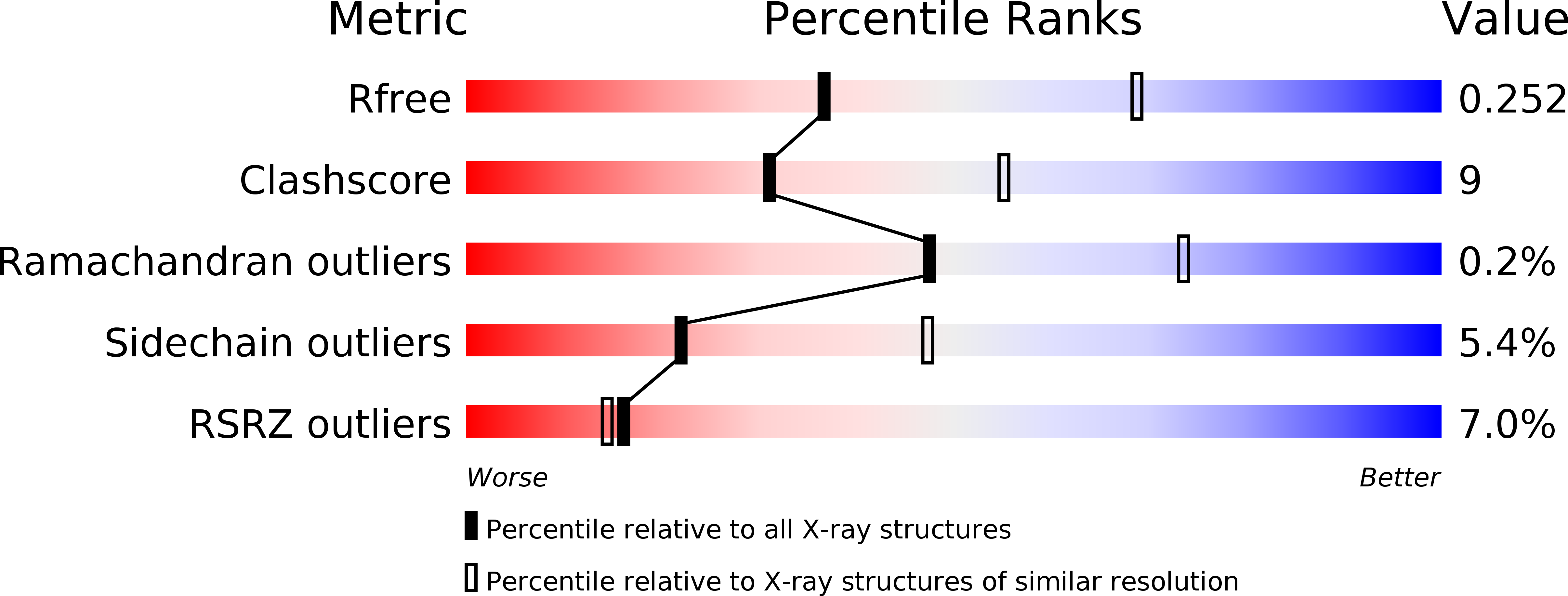
Deposition Date
2017-01-08
Release Date
2017-12-13
Last Version Date
2023-10-04
Entry Detail
PDB ID:
5UGJ
Keywords:
Title:
Crystal structure of HTPA Reductase from neisseria meningitidis
Biological Source:
Source Organism:
Host Organism:
Method Details:
Experimental Method:
Resolution:
2.70 Å
R-Value Free:
0.25
R-Value Work:
0.20
R-Value Observed:
0.20
Space Group:
P 1 21 1


